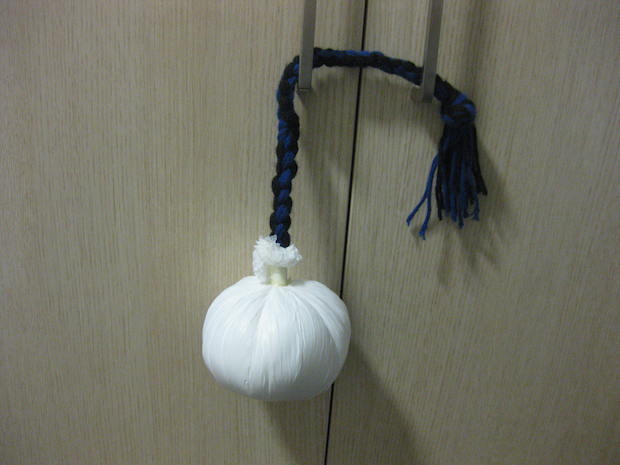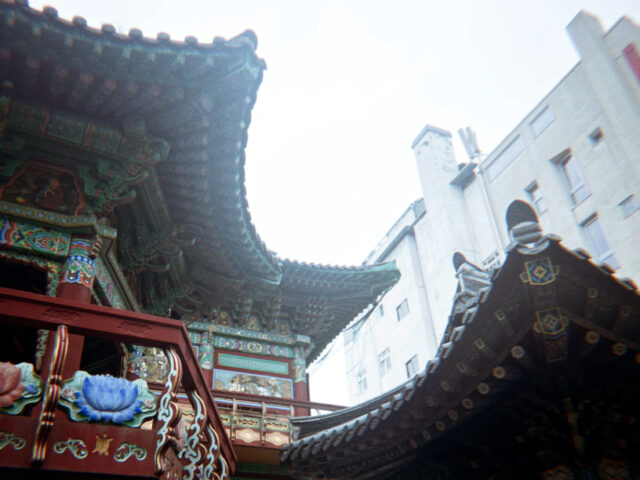The Māori people are the indigenous people of New Zealand. They first arrived here from the Polynesian homeland of Hawaiki. About one in every four babies born is Māori. Their language and culture has a major impact on New Zealand life.
During our TEAN orientation we stayed at a Marae. A Marae is a communal “plaza” where the Māori people meet. It represents social, cultural and spiritual life in their community. Included in the Marae is a wharenui (meeting house) and wharekai (dining room).
Before we could go in we needed to first participate in a Māori welcoming ceremony, called a Powhiri. For the most part the man spoke in Māori, but we recited a song, and a member of our group made a speech as part of the ceremony. At the end, we lined up and were welcomed with a traditional “hongi”, which is a pressing of the nose and forehead to the other person.
The meeting house is where we stayed, and it is structured to represent their ancestors. We all sat as the woman explained what each structure symbolized. The carved figure on the roof top in front represents the ancestor head, the angles from the head going down towards the ground are the arms, the pole that goes down the center of the building is seen as the backbone and the rafters represent the ribs.
We stayed one night at the Marae, and one of the traditional things we actually got to make is called a Poi. It is the Māori word for “ball”. It is quite literally, a ball on a cord. They were used to increase strength in your arms and have better coordination by swinging it.
So basically, I am pretty much a Pacific islands genius now that I am taking a Pacific studies class in Auckland. I learned that Māori culture is so rich. Some traditional arts they have maintained include, carving, weaving, and kapa haka, a group performance (they have a class you can take at the University). Also, Moko (tattoo) is also still practiced and it is usually carved, not punctured. Another thing to point out, is that across all Pacific cultures, family is very important to their culture.
We also learned the history of how the land was fought over with the arrival of the European settlers. In 1840 with the Treaty of Waitangi, signed by Māori Chiefs, British monarchy was given power over parts of New Zealand.
In case you want to speak some Māori any time soon, here are some simple greetings and phrases for you to impress your friends with.
Kia ora – Hello
Haere mai – Welcome
Kei te pehea koe? – How’s it going?
Haere ra – Farewell
Hei konei ra – See you later
Michelle Dukette is a student at University of Rhode Island and a TEAN Featured Blogger. She is currently studying abroad with TEAN in Auckland, New Zealand.
Sources











